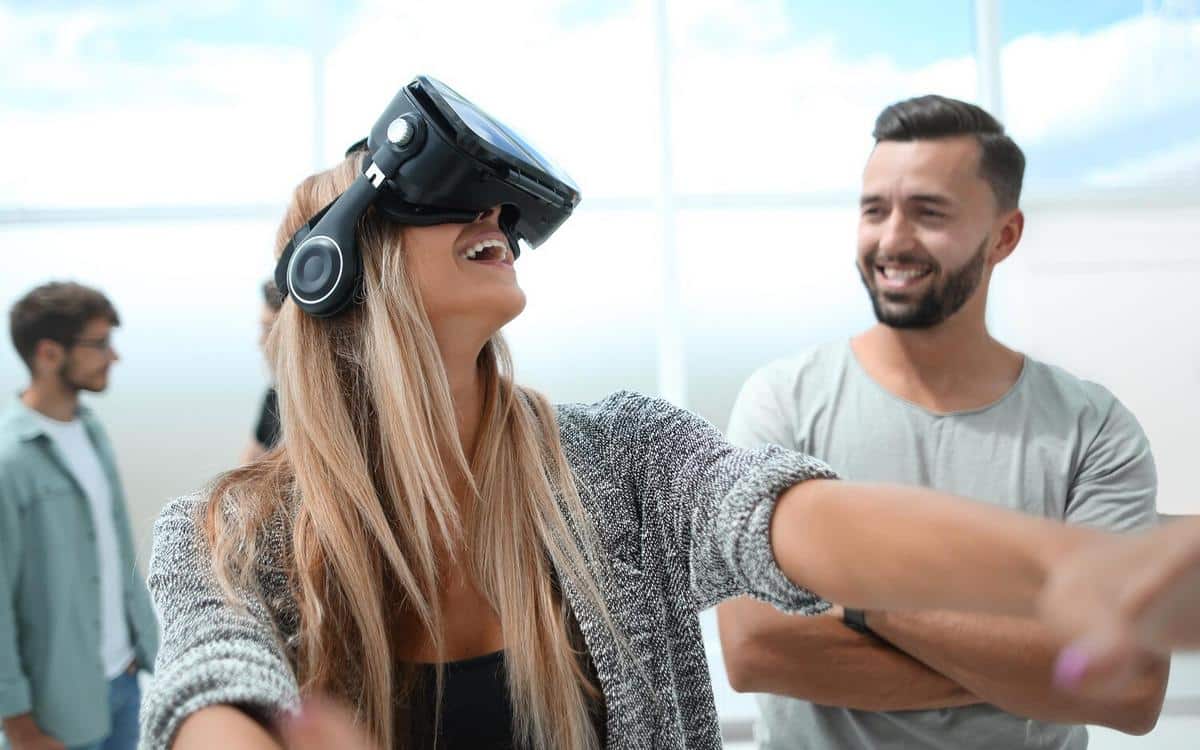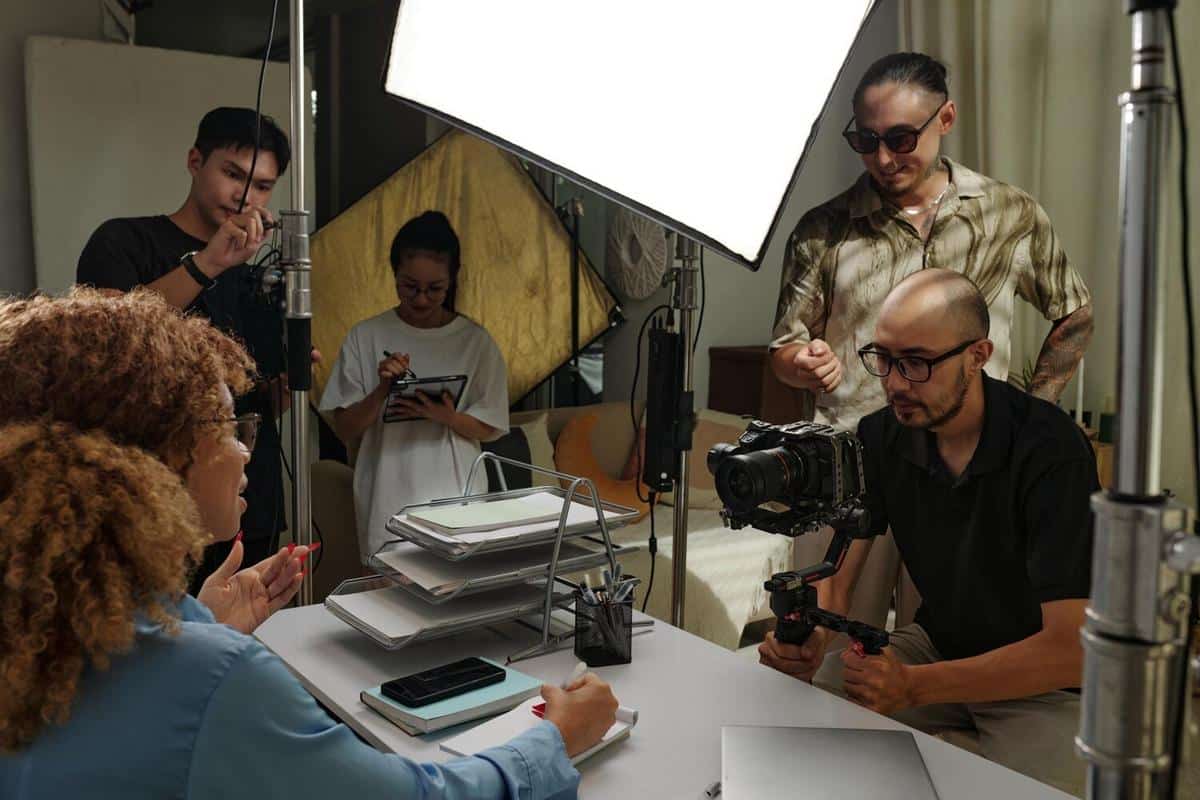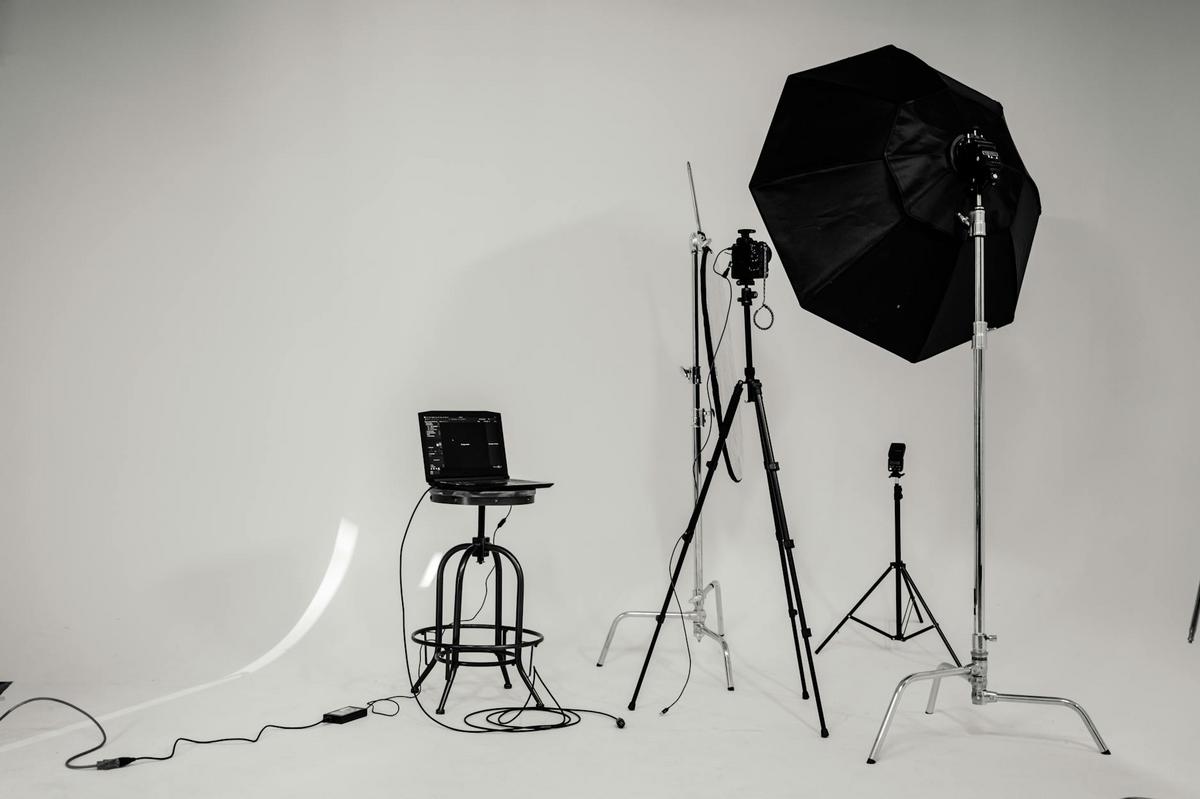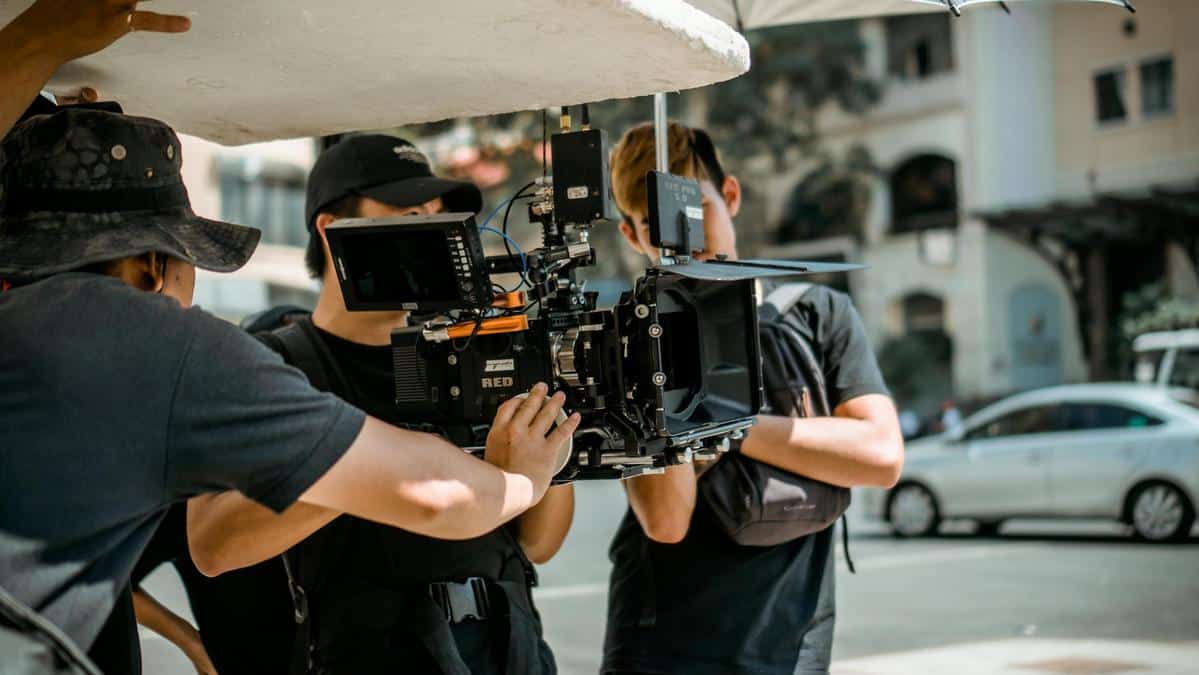
Virtual Reality in Photography: The Next Big Thing?
Imagine stepping into a photograph and experiencing it from every angle, feeling as though you are part of the scene itself. This is the potential of virtual reality (VR) in photography, a trend that is rapidly gaining traction in the digital photography landscape.
With the advent of virtual reality technology, photography is undergoing a transformation that promises to change how we capture and view images. Virtual reality in photography is not just about creating immersive experiences; it’s about expanding the boundaries of what a photograph can be.
The Rise of VR in Photography
Virtual reality is increasingly used by photographers to create engaging and interactive experiences. According to a report by Statista, the global VR market is projected to exceed $20 billion by 2025, highlighting the growing interest in this technology.
“VR allows photographers to create a virtual environment that viewers can explore, offering a new dimension to storytelling,” says Alex Smith, a renowned photographer who has embraced VR in his work.
How VR Enhances Photography
By integrating VR, photographers can offer viewers a 360-degree view of their work, making it possible to explore every detail of a scene. This technology is particularly valuable in fields such as real estate and tourism, where immersive experiences can significantly enhance the viewer’s understanding and enjoyment.
- Real Estate: Virtual tours can give potential buyers a comprehensive view of a property without stepping foot inside.
- Tourism: Travel photographers use VR to provide immersive previews of destinations.
Expert Opinions and Insights
Experts believe that VR will soon become a staple in photographers’ toolkits. “The ability to create fully immersive experiences will redefine the photographic medium,” notes digital photography expert Mark Thompson. This sentiment is echoed by many in the industry, who see VR as a natural evolution in capturing and sharing images.
Creating VR Photography: Tips and Tools
For photographers interested in exploring VR, here are some practical tips to get started.
- Invest in a 360-degree camera that captures high-quality panoramic shots.
- Utilize VR editing software to stitch images together and create seamless experiences.
- Consider the viewer’s journey and plan your shots to guide them through the scene.
Experiment with different angles and perspectives to enhance the immersive experience in your VR photography.
Challenges and Considerations
While VR presents exciting opportunities, it also poses challenges. The technology requires significant investment and a steep learning curve, which can be a barrier for some photographers. However, as VR becomes more mainstream, these hurdles are likely to diminish.
Table: VR Photography Equipment
| Equipment | Description | Price Range |
|---|---|---|
| 360-Degree Camera | Captures panoramic images | $200 – $1,000 |
| VR Editing Software | Stitches images for VR viewing | $50 – $300 |
| VR Headset | For viewing VR content | $300 – $700 |
| Tripod | Stabilizes camera for clear shots | $50 – $150 |
| Lighting Equipment | Ensures optimal image quality | $100 – $500 |
| Storage Solutions | Handles large VR files | $50 – $200 |
| Remote Shutter | Facilitates hands-free shooting | $20 – $100 |
| Image Processing Software | Enhances and edits images | $100 – $400 |
FAQs
What is VR photography?
VR photography involves capturing images that can be viewed in a virtual reality environment, providing an immersive experience for the viewer.
How do I start with VR photography?
Start by acquiring a 360-degree camera and VR editing software, and consider taking online courses to learn the basics.
Is VR photography expensive?
While initial equipment and software costs can be high, prices are decreasing as the technology becomes more accessible.
Virtual reality in photography is undoubtedly one of the most exciting trends on the horizon. As technology continues to advance, VR will offer photographers new ways to express their creativity and connect with audiences. Embracing VR now can position photographers at the forefront of this transformative trend, opening up a world of possibilities.


